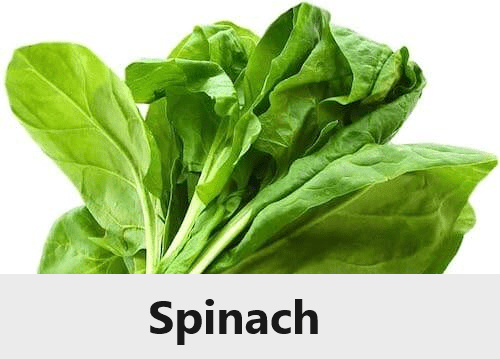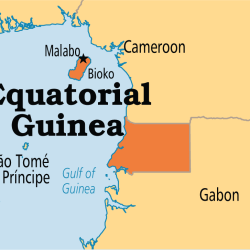Spinach, one of the world’s most popular leafy greens, has a fascinating history spanning over 2,000 years. From its origins in ancient Persia to its global fame as a superfood, spinach has left an indelible mark on cultures, cuisines, and health practices worldwide.
Origin of Spinach
Spinach is believed to have originated in ancient Persia (modern-day Iran) around 2,000 years ago. It spread to India and later to China in 647 AD, where it earned the name “Persian vegetable.” This marked the beginning of spinach’s journey across continents.
Medicinal Use of Spinach
Beyond its culinary appeal, spinach has a history of medicinal use. During World War I, French soldiers were given wine fortified with spinach juice to help reduce bleeding. This practice reflected a long-standing belief in spinach’s health benefits.
Spinach in Modern Cuisine
Today, spinach is celebrated globally for its versatility and nutritional value. It features prominently in salads, soups, and main dishes, from Indian saag to Italian ricotta and spinach ravioli. Its superfood status has solidified its place in modern diets.
Spinach in the Arab World
The Arabs played a pivotal role in spinach’s history, introducing it to Sicily in 827 AD. By the 10th century, it was referenced in works by prominent scholars such as al-Rāzī (Rhazes), Ibn Waḥshīyah, and Qusṭus al-Rūmī. Spinach gained significant popularity in the Arab Mediterranean, earning the title “raʼīs al-buqūl” or “chieftain of leafy greens.”
Spinach in Medieval Europe
Spinach arrived in Europe via Iberia in the 12th century and spread to England and France by the 14th century. It was particularly valued for its availability in early spring when fresh vegetables were scarce. The vegetable was first mentioned in the English cookbook The Forme of Cury (1390), where it appeared as “spinnedge” and “spynoches.”

1. Where did spinach originate?
Spinach originated in ancient Persia (modern-day Iran).
2. Why is spinach considered a superfood?
Spinach is rich in vitamins, minerals, and antioxidants, making it a powerhouse of nutrition.
3. How is spinach used globally?
Spinach is used in various dishes, including Indian curries, Mediterranean salads, and European pastries.
4. What was spinach called in medieval times?
In the Arab world, it was referred to as “raʼīs al-buqūl,” or “chieftain of leafy greens.”
5. Is spinach really high in iron?
While spinach is a good source of iron, its absorption is inhibited by oxalates present in the leaves.
6. When did spinach first appear in England?
Spinach was introduced to England in the 14th century and mentioned in The Forme of Cury.









